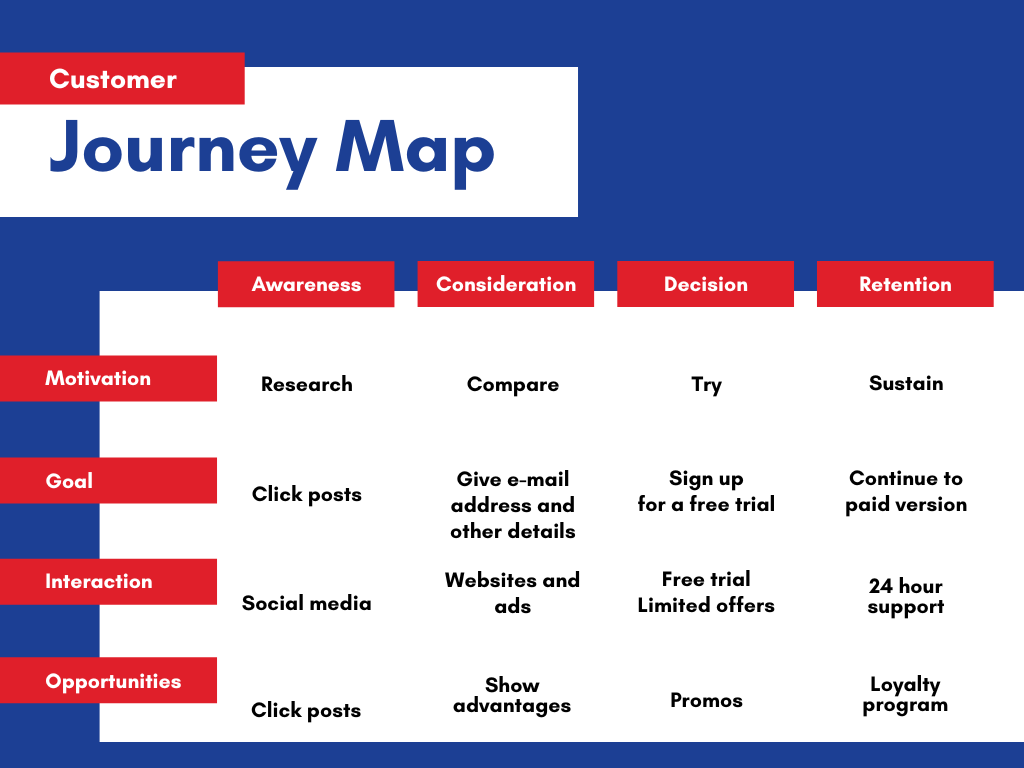Step-by-step Guide to Creating a Customer Service Manual
Have you recently been promoted to a Customer Service Manager role? Or are you hoping to get a promotion soon? If so, you may be looking for ways to convey customer service standards and best practices to your team. However, you may be unsure how to begin documenting this. That’s where a customer service manual comes in. A manual is a must-have for anyone in a customer service management position!
What is a Customer Service Manual?
A Customer Service Manual is a visually appealing book (or e-Book) that your employees can refer to for guidelines and resources that help them be successful at their job. It should include a comprehensive training section that addresses common customer care best practices and internal policies. It should also include how you want your employees to handle problems such as product returns, complaints, and service issues. For best results, create an interactive document that can be used for live training as well as an ongoing reference guide.
Your manual should also outline the importance of service excellence, your organization’s history and culture, onboarding and training timeframes and expectations, customer service protocols and best practices, and guidance for “what if” situations. Let’s go over some suggested modules to help you get started.
What to Include
Guidelines and protocols will vary from company to company depending on what sector you’re in, and the size of your company. For instance, protocols for an insurance company will differ from those in a hospitality business. Nonetheless, there are some basic standards and principles that are common across all businesses and sectors, which we’ll go over.
- The Importance of Customer Service Excellence – Your manual should begin with a definition of customer service, customer service best practices, and what it means to provide service excellence. It is important to reiterate why service excellence is so important for business success – both externally and internally. Use motivational quotes by customer service experts to inspire and motivate your staff. Here is one of our favorites:
“You’ll never have a product or price advantage again. They can be too easily duplicated. But a strong customer service culture cannot be copied.”
– Jerry Fritz, Motivational Speaker, and Author

- Company Mission Statement and Overview – Next, provide a section about your company’s mission statement, core values, products or services, history, and future goals. Give examples of how service excellence has helped your company grow.
- Company Structure – Use a chart or other visual to present the company hierarchy so employees are aware of how the company is structured, and what type of management it has. Clearly explain the relationship between employees, supervisors, and any other direct reports.
- Employee Expectations – It is very important to reiterate your expectations for all employees (not only customer service employees) and why it is important for them to align with the company’s core values. Setting clear expectations, in writing, will reduce workplace ambiguity and make it easier for new hires to assimilate and align..
- Employee Onboarding and Training – Expectations are reinforced by providing a thorough orientation and training program. Your manual should include onboarding timeframes, training overview, customer service training program, completion and re-certification timeframes, deadlines, and assessment programs.
- The Customer Journey – Every employee needs to understand the customer journey. That is, from the time a customer first starts researching your product or service until they complete a purchase and beyond. A visual such as the example of a flowchart below would be very helpful in conveying the customer experience through the various stages.
- Customer Service Protocols – Essential “do’s and dont’s” should be outlined in customer service protocols. These protocols should cover everything from basic communication with customers (eg: scripts for how to address customers, tone of voice if speaking on the phone, email etiquette, and so on) to personal presentation and grooming to more complex scenarios such as what to do when a customer gets upset, how and when to escalate an issue to a manager, finding ways to go beyond the call to delight customers, and so on. This section should also include internal customer service protocols, i.e. how to interact with and serve co-workers and managers.
- Advocating for Customers – Every customer service employee should be given the role of an advocate for customers. Their job is to make sure customers have an outstanding experience. If they notice any flaws in service, systems, or processes that affect customers, there should be a guideline on how to share or report this. Similarly, any signs of customer frustration at any touchpoint should be brought to management’s attention.
- Customer Fandom – If the goal is to provide service excellence, then the goal should also be to find ways to delight your customers. Studies have shown a direct correlation between customer delight and what is known as customer fandom. Why should this be included in a customer service manual? Because customers who are delighted with a business are more than happy to help promote their product or service. Think of some favorite brands such as Apple, Nike, Disney, Starbucks – or your favorite band! Use this section to invite feedback from employees on how to create fun and engaging customer marketing campaigns.
These tips should go far in helping you create an amazing customer service manual that is informative, helpful, and inspiring for your team. One thing that’s important to bear in mind: Any manual you create is not carved in stone! It needs to be a constant ‘work in progress’ that evolves with the ever-changing needs and preferences of customers. Your manual – not to mention your service strategies, policies, systems, and training programs – could be thought of as a customer journey “map” but one that follows the direction of your customers.
Additional Resources:
